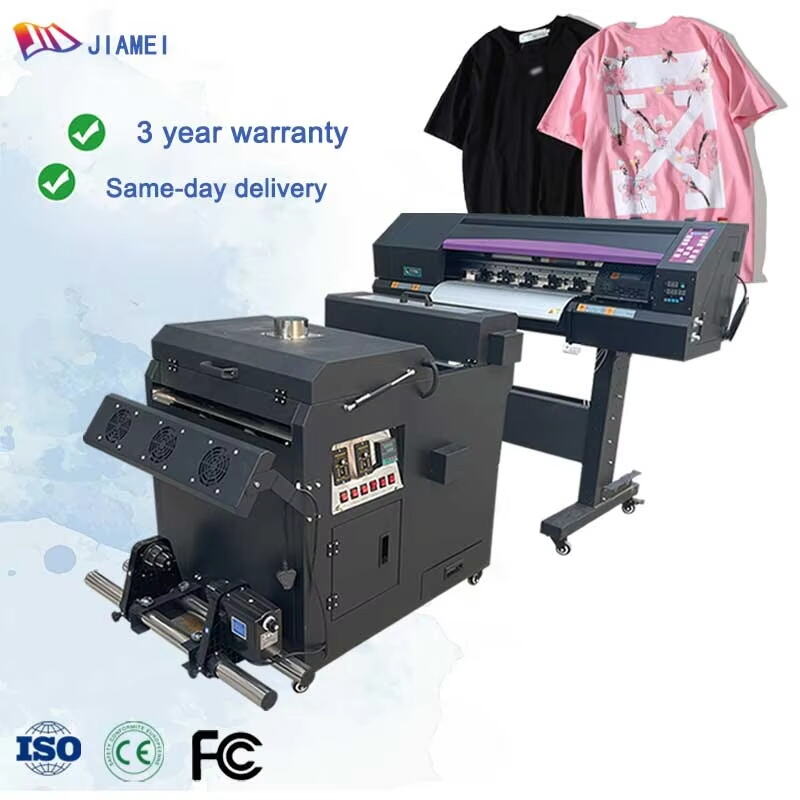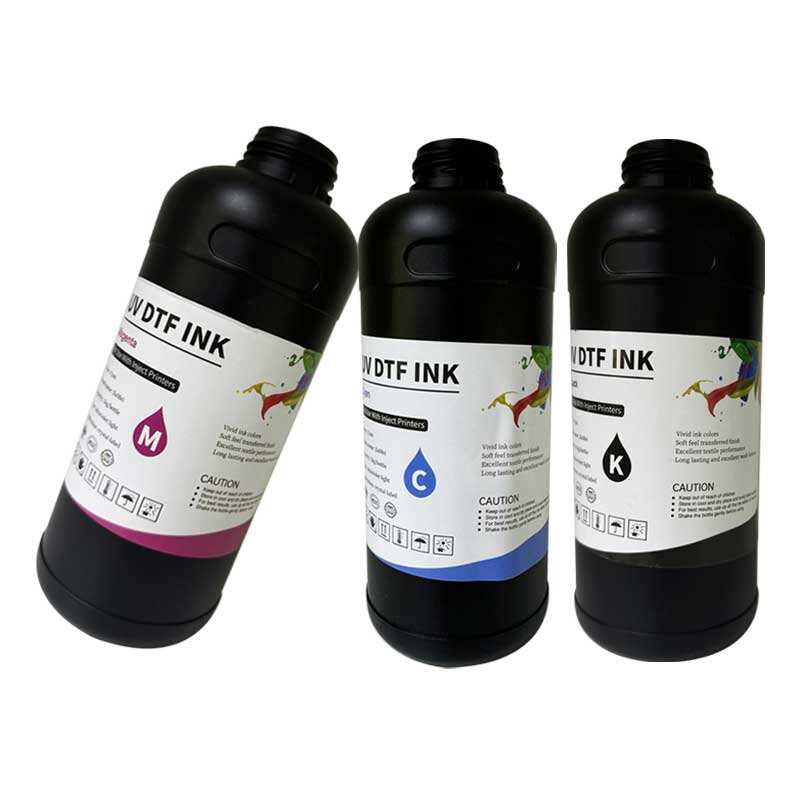exposure unit
An exposure unit is a sophisticated piece of equipment essential in the screen printing and photolithography industries. This versatile device uses high-intensity UV light to transfer images onto photosensitive materials, creating precise stencils and patterns. The unit typically consists of a light source, vacuum system, and timer control mechanism, all housed within a light-tight chamber. Modern exposure units feature advanced LED technology, offering consistent light distribution and energy efficiency. The unit's primary function involves exposing photosensitive emulsions or films to UV light, which causes chemical changes in the material, hardening specific areas while leaving others soluble for development. This process is crucial for creating detailed images and patterns on various substrates. The technology accommodates different material sizes and types, from small artistic prints to large commercial applications. Digital control systems enable precise exposure times and vacuum settings, ensuring optimal results across diverse projects. The unit's design often includes safety features like automatic shutoff and UV protection, making it suitable for both professional and educational environments. Integration with modern workflow systems allows for reproducible results and standardized processes, essential for maintaining quality in production environments.


